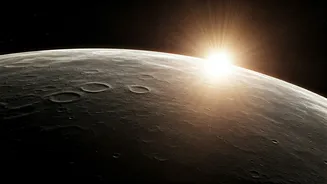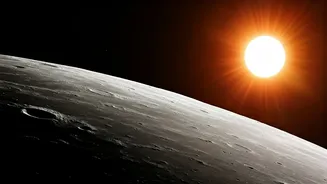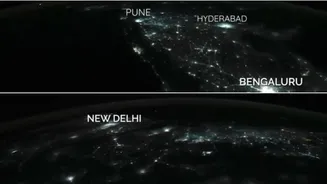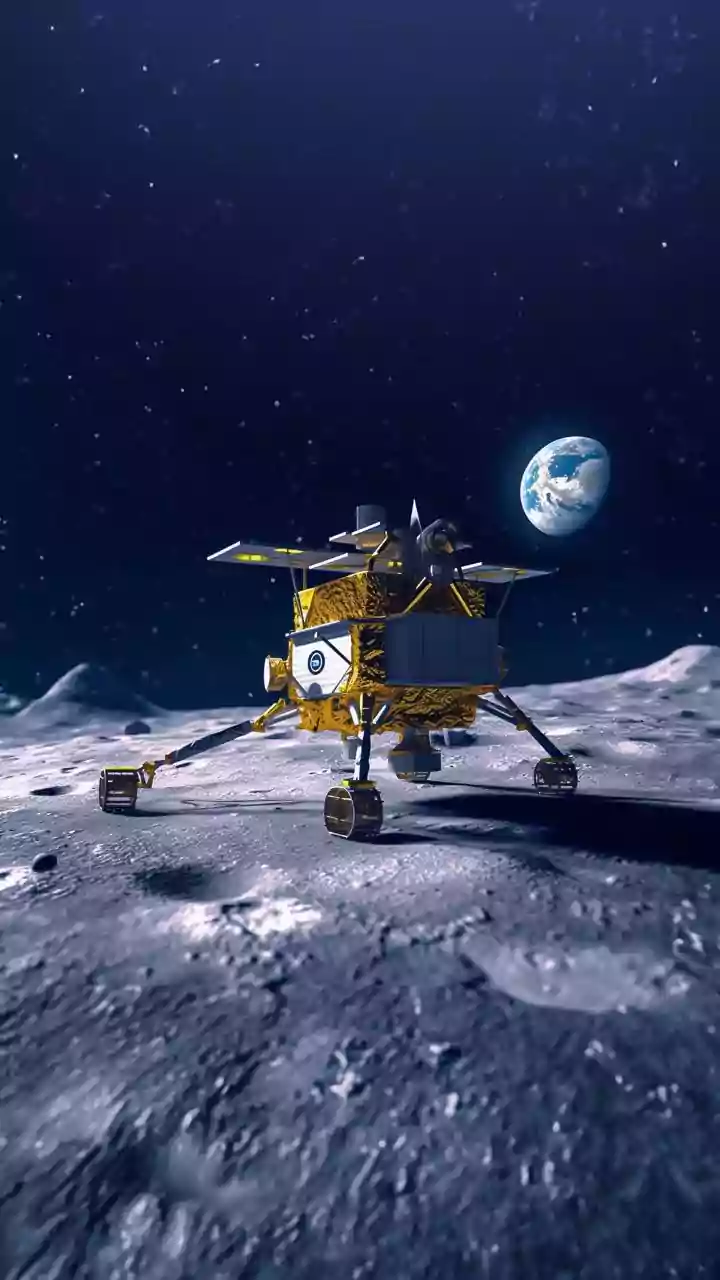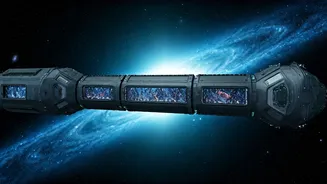Solar Flare Encounter
Chandrayaan-2, a significant undertaking for the Indian Space Research Organisation (ISRO), made history by capturing a solar flare's effects while orbiting
the Moon. This event involved a sudden release of energy from the Sun, sending a surge of radiation toward the lunar surface. The mission's instruments, designed to monitor the lunar environment, detected the intense solar activity. The recorded data will help scientists better understand how solar flares impact the Moon's surface and atmosphere. The data is pivotal for comprehending the effects of space weather on other celestial bodies, and it also aids in the planning of future lunar missions. The Chandrayaan-2 mission continues to provide critical insights into our understanding of space.
Impact on the Moon
The solar flare's impact on the Moon, as observed by Chandrayaan-2, gave researchers a unique opportunity to study the interaction between solar radiation and the lunar surface. Solar flares emit high-energy particles and radiation, which can affect the Moon's surface by altering its composition and potentially creating hazards for future human presence. The observations helped scientists analyze how the Moon's thin atmosphere and magnetic field react to these intense bursts of energy. This study reveals the risks that astronauts would face during extended stays on the lunar surface. Data collected will be vital for future lunar expeditions and helps develop strategies to mitigate potential radiation exposure and its effects.
Scientific Significance
The data gathered by Chandrayaan-2's encounter with the solar flare provides vital scientific information for space weather research. The observations offer critical information regarding the structure and dynamics of the solar atmosphere, and will help improve space weather forecasting models, critical for protecting satellites and other spacecraft from damage. By analyzing the data, scientists can gain better understanding of how the Sun's activity influences the broader solar system. Moreover, this will help in designing more robust spacecraft and protective measures for future space missions. The success of Chandrayaan-2 in capturing this solar event emphasizes India's leadership in space exploration and its dedication to pushing the boundaries of scientific knowledge.
Future Implications
The findings from Chandrayaan-2's study of the solar flare's impact on the Moon will have a major effect on future space exploration plans. The knowledge gained will inform mission designs and safety protocols to protect astronauts and equipment. Researchers will use the data to create better shielding materials and strategies to mitigate radiation risks. This research will also help space agencies in the international community to work together and coordinate efforts in understanding and handling space weather events. By continuing to gather and analyze data from Chandrayaan-2 and other missions, scientists and engineers can develop more effective strategies and technologies to overcome the challenges of space exploration and protect human and robotic missions alike.
